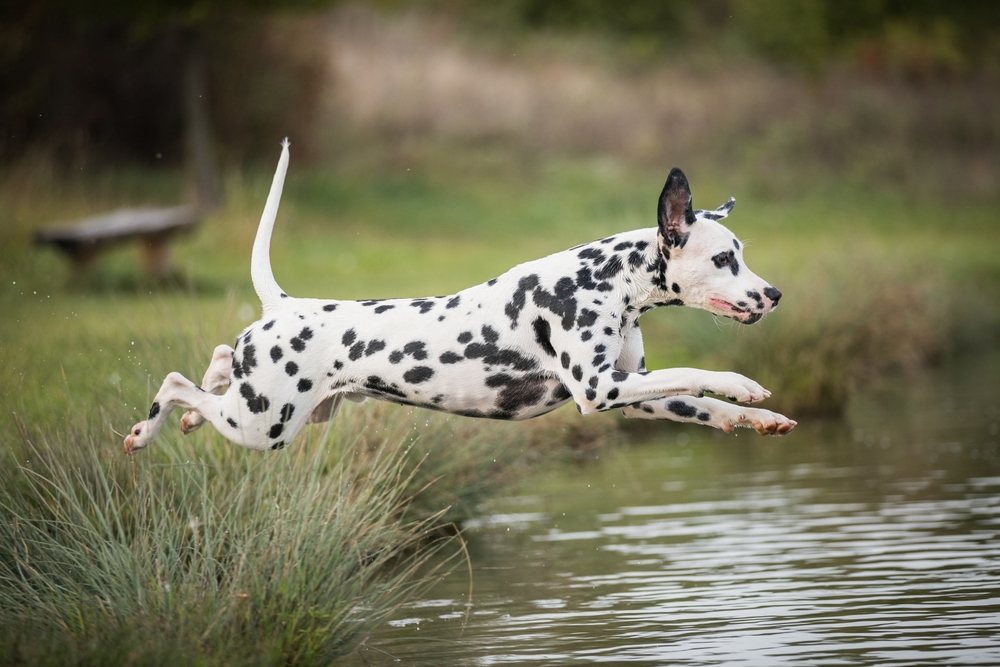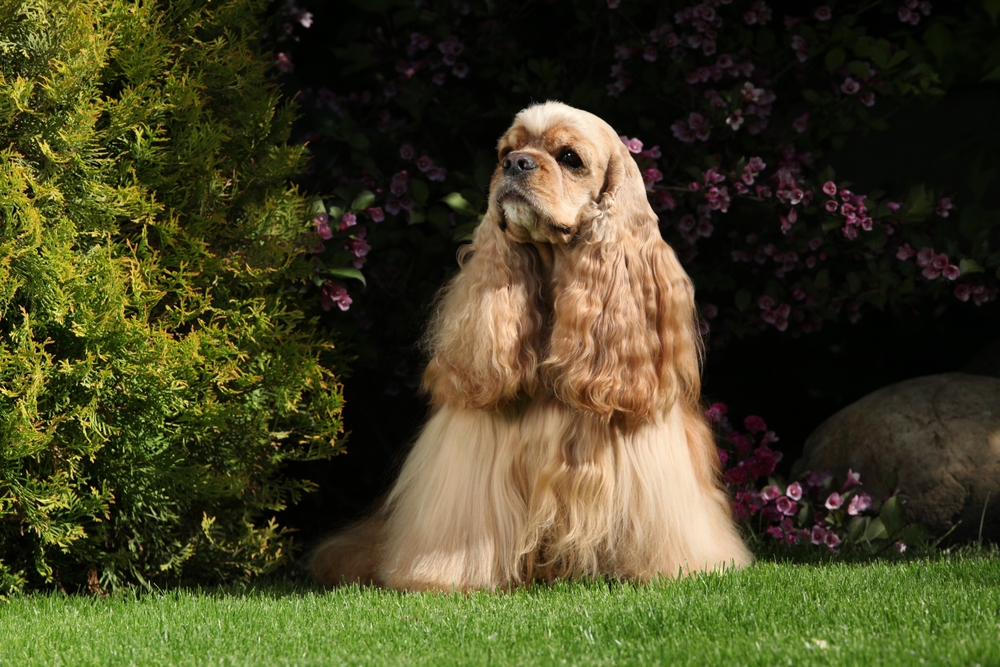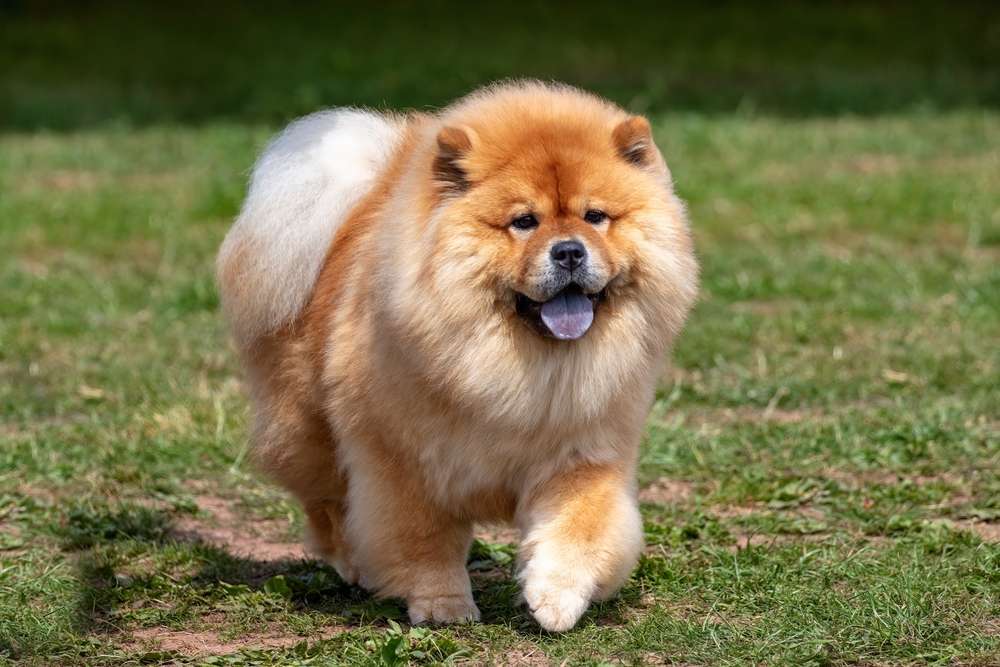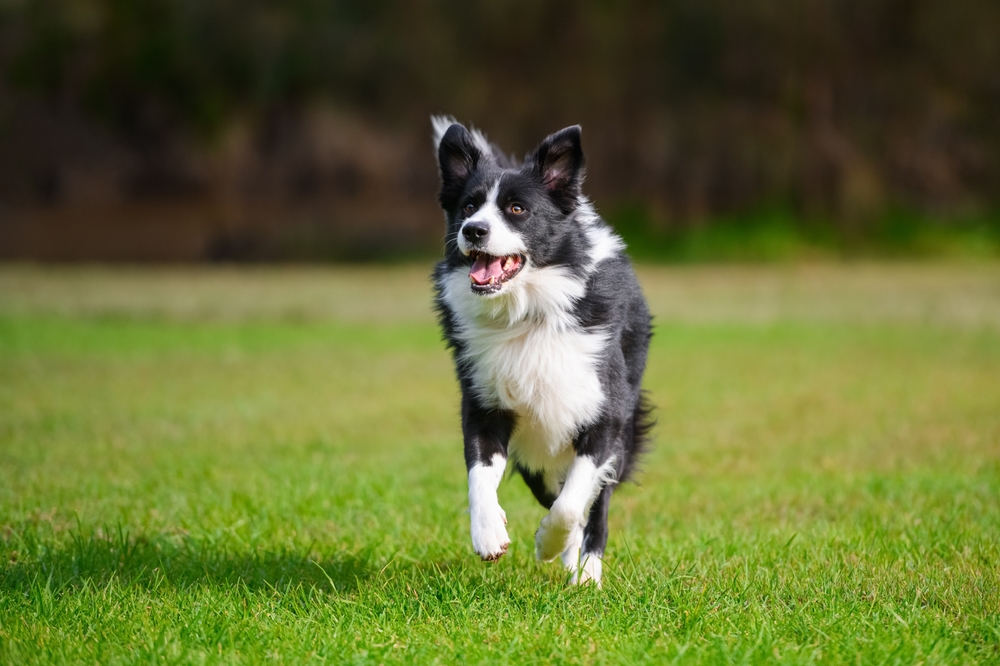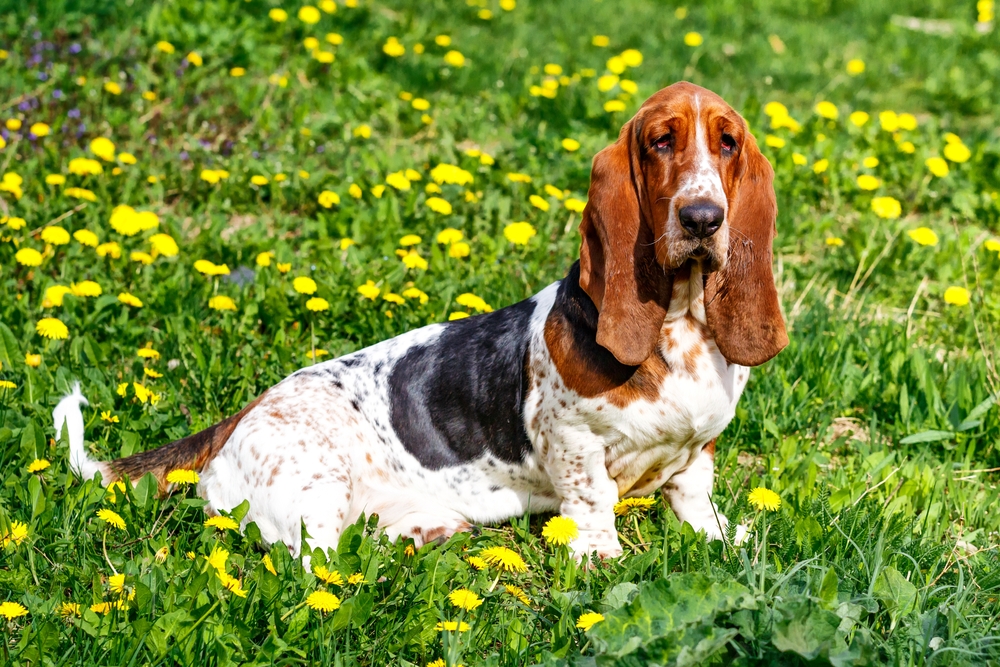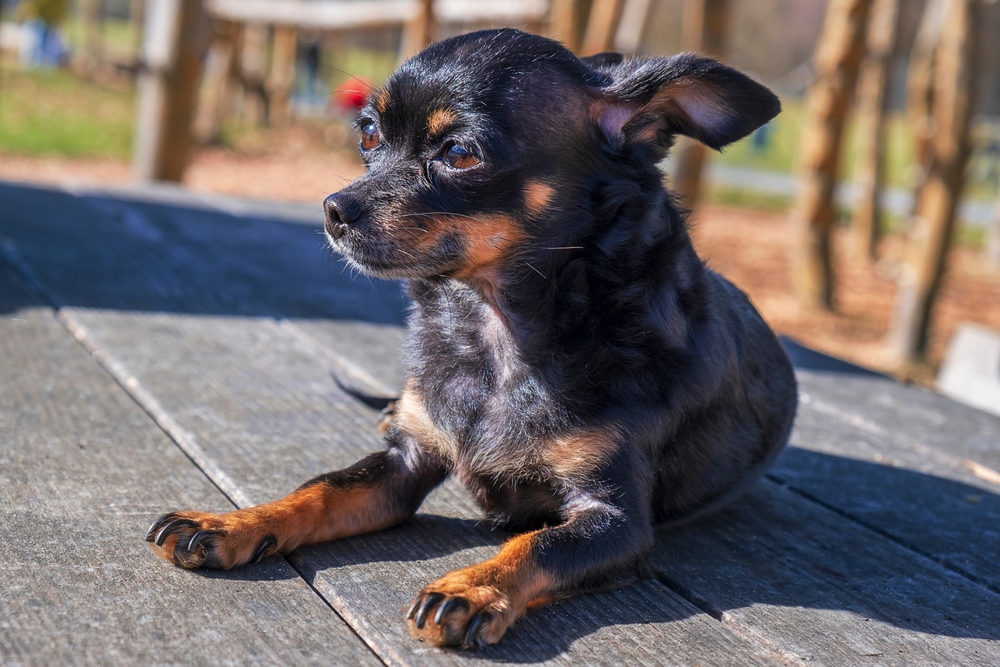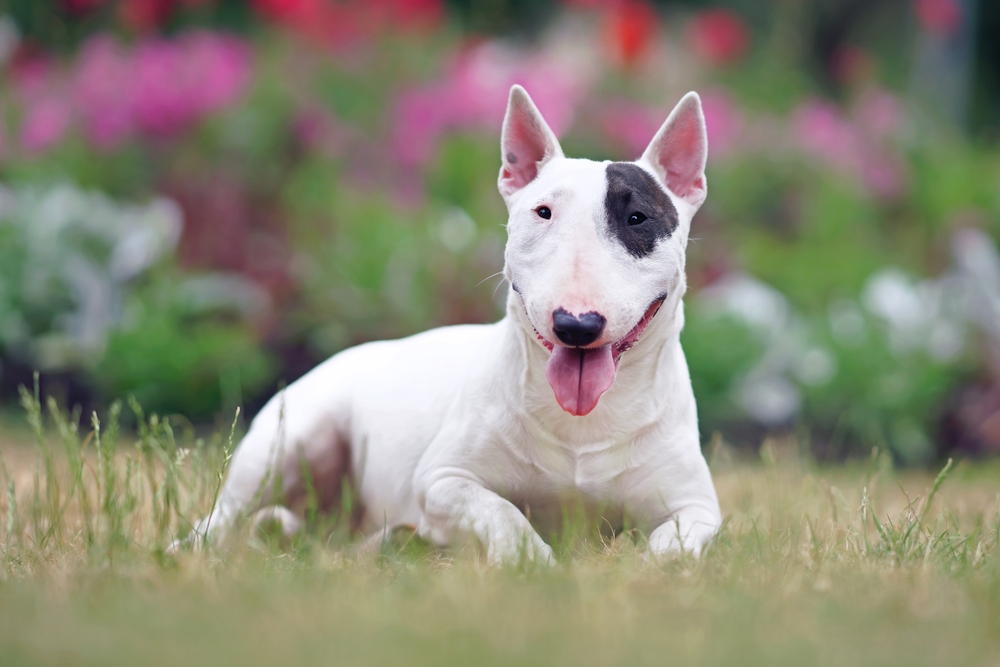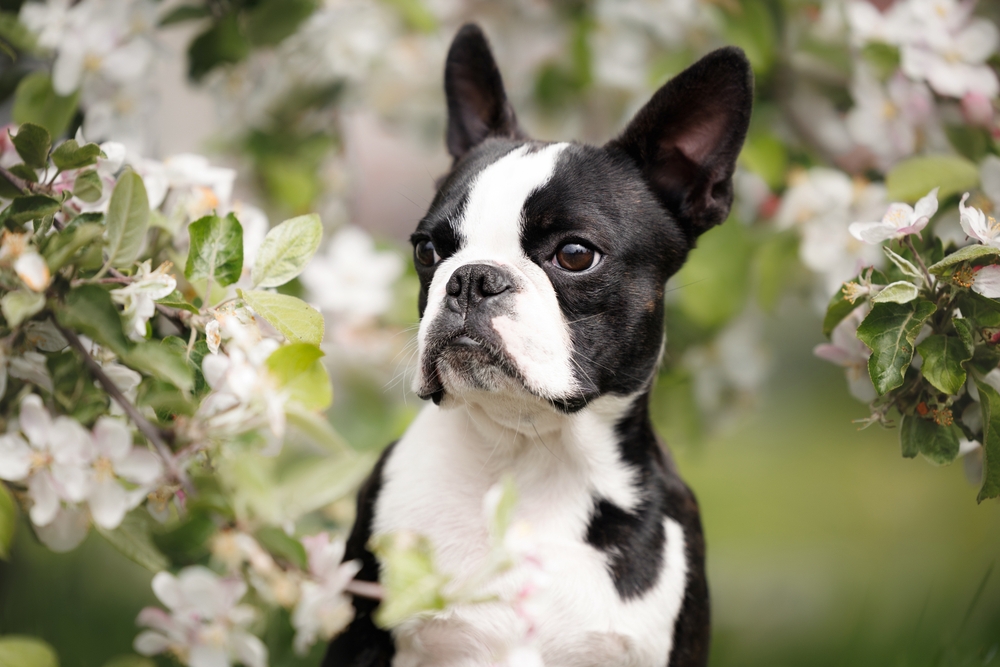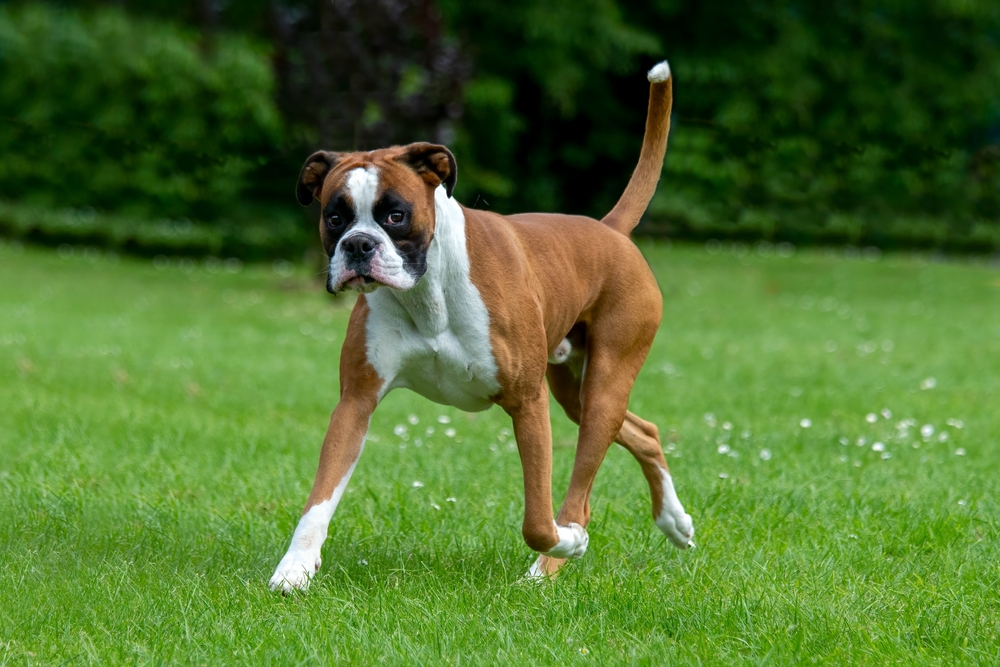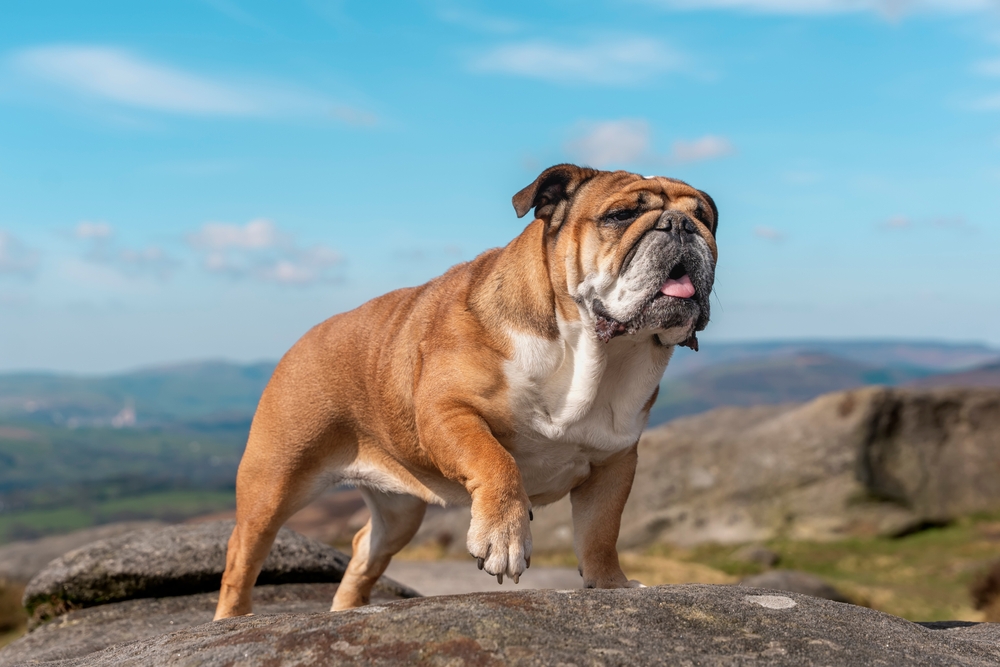Dalmatians are medium-sized, athletic dogs known for their distinctive spotted coat and strong, graceful build:
Coat:
They have a short, dense, fine coat that lies flat and is naturally glossy. The base color is pure white, covered with well-defined black or liver (brown) spots evenly distributed over the body. Puppies are born solid white, and their spots gradually appear within the first few weeks.
Face:
Dalmatians have a flat, moderately broad skull with a well-defined stop and a strong, proportionate muzzle. Their eyes are medium-sized and can be brown, blue, or one of each (heterochromia). Ears are set high, of moderate size, and carried close to the head, often spotted or partially colored.
Body:
They have a well-balanced, muscular frame with a deep chest, level back, and slightly tucked abdomen. The build is strong yet refined, designed for endurance and speed.
Tail:
Moderately long, carried with a gentle curve and tapering to a fine point. The tail often features spots along its length.
Size:
-
Length (Body): Approximately 27 to 32 in (69 to 81 cm) from chest to rump.
-
Shoulder Height:
-
Males: 22 to 24 in (56 to 61 cm)
-
Females: 20 to 22 in (51 to 56 cm)
-
Weight:
-
Adult Female: 45 to 55 lbs (20 to 25 kg)
-
Adult Male: 50 to 60 lbs (23 to 27 kg)
Dalmatians’ physical characteristics combine endurance, agility, and eye-catching beauty. Originally bred as carriage dogs, their athletic structure allows them to trot alongside horses for long distances, while their unique spotted coat makes them one of the most instantly recognizable breeds in the world.



































































